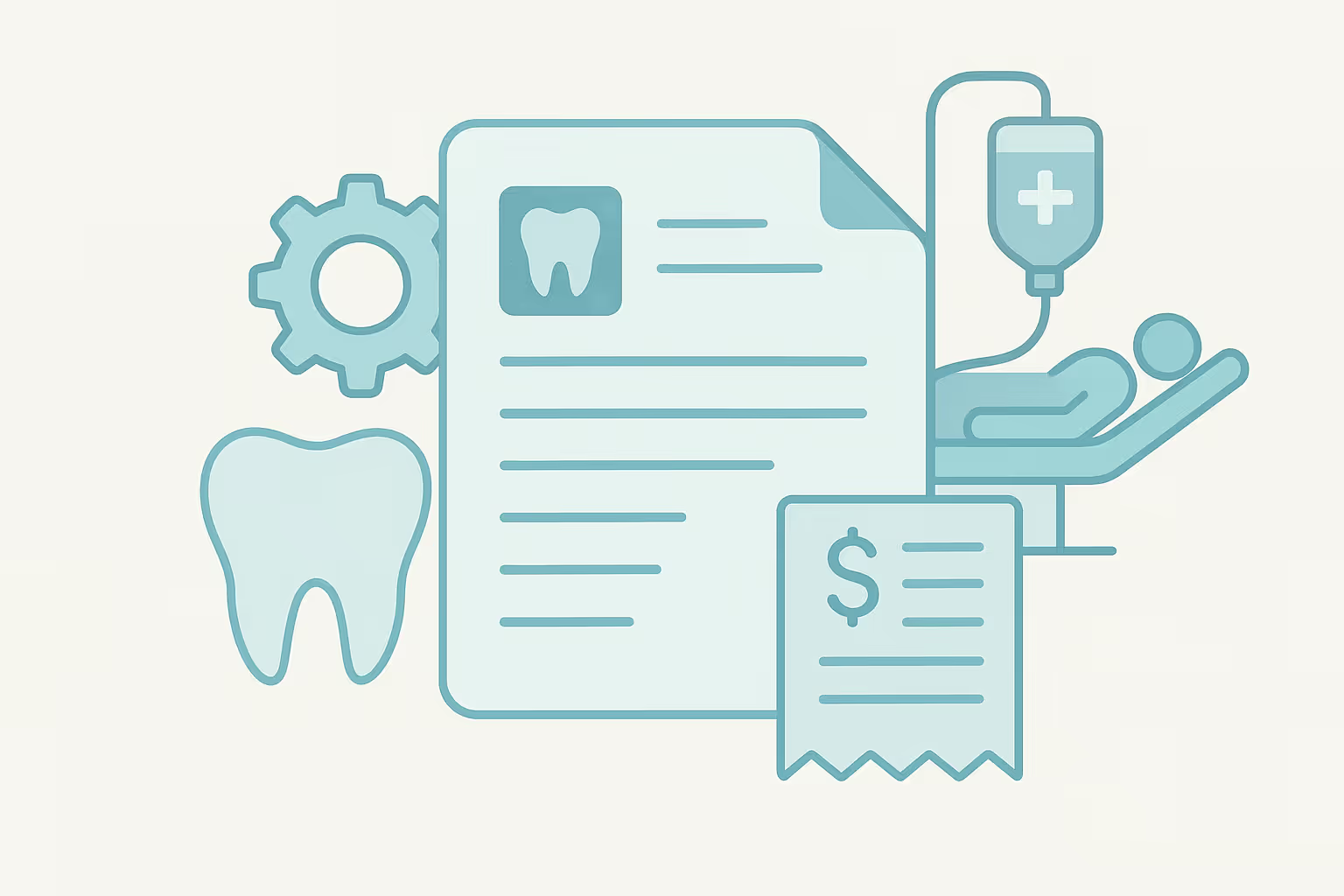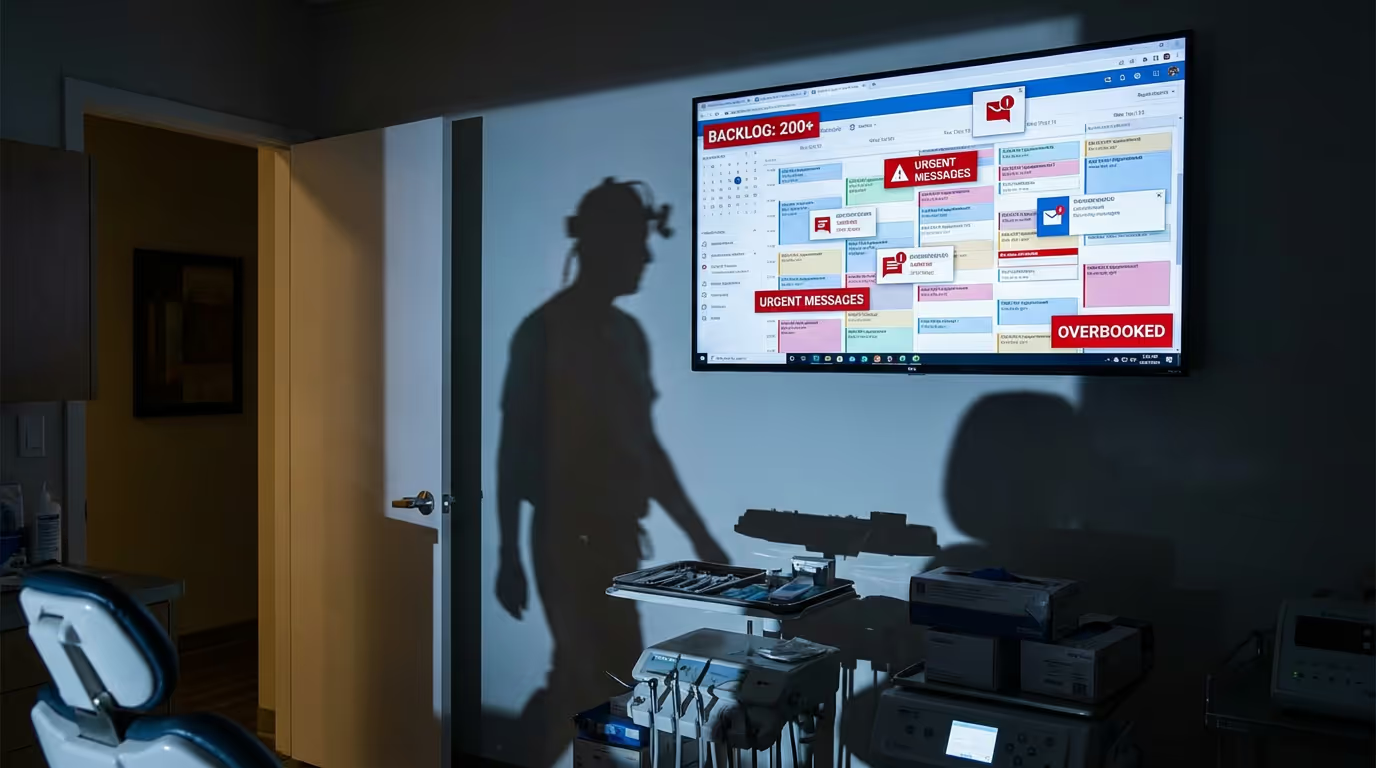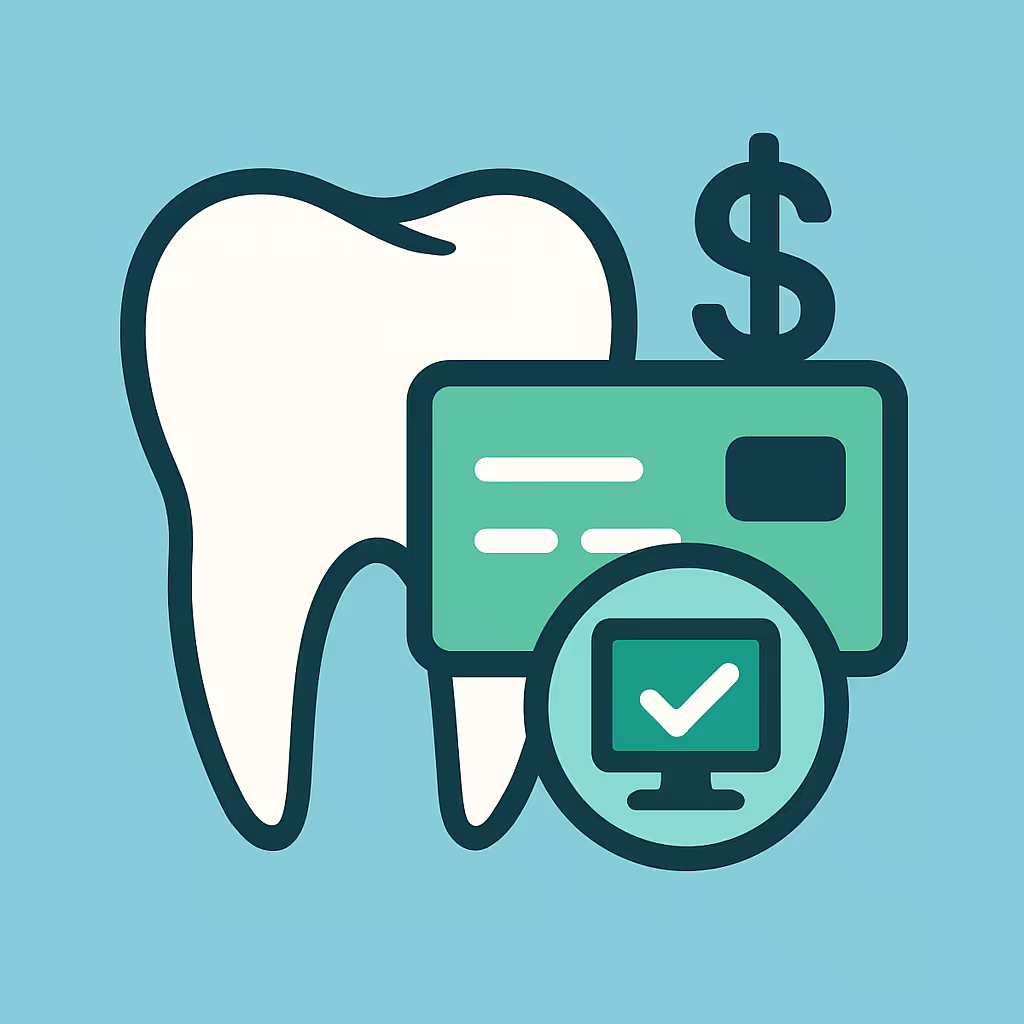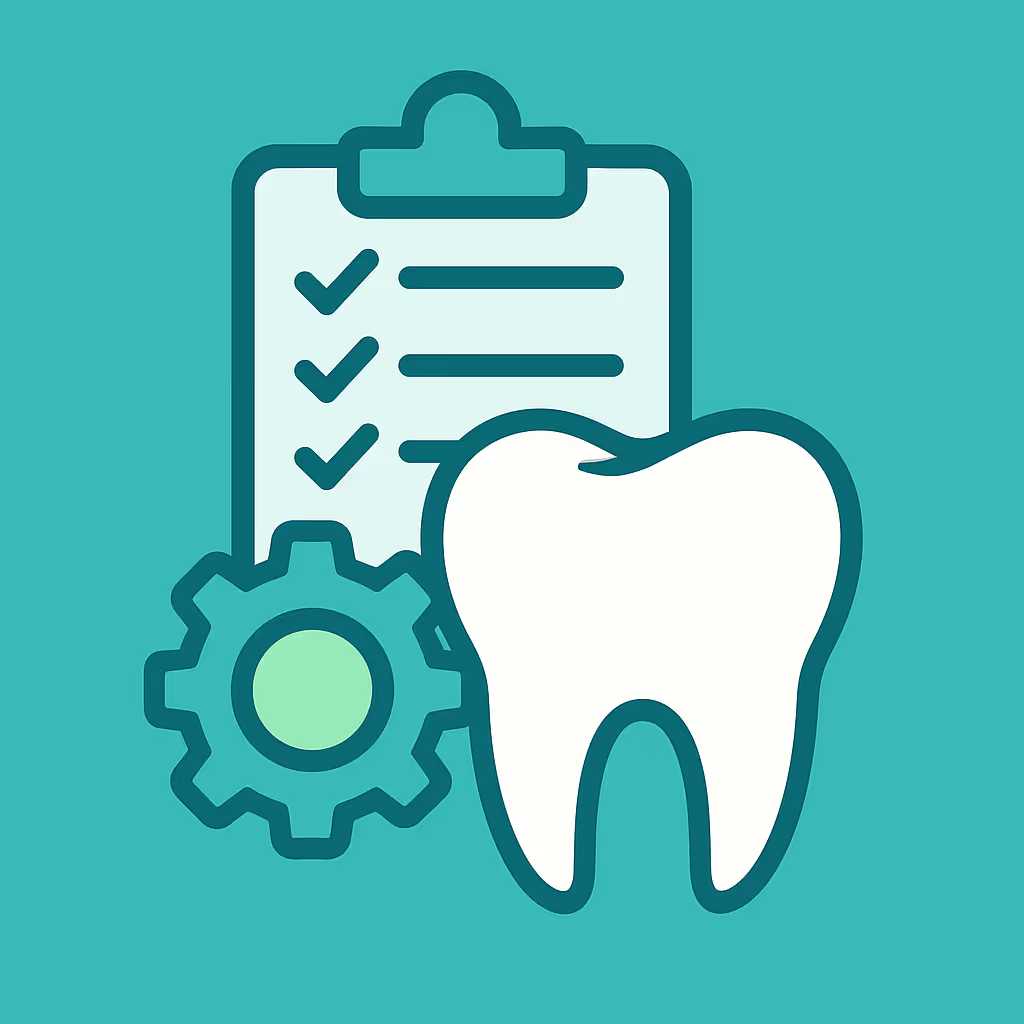Understanding Dental Code D9223
When to Use D9223 dental code
The D9223 dental code is designated for deep sedation or general anesthesia, specifically for each subsequent 15-minute increment following the initial period (commonly reported with D9222). Dental practices should use D9223 when a patient requires continued deep sedation or general anesthesia beyond the first 15 minutes, often during complex oral surgery, extensive restorative procedures, or for patients with special needs who cannot tolerate dental treatment otherwise. Accurate use of D9223 ensures proper reimbursement and compliance with CDT coding standards.
Documentation and Clinical Scenarios
Proper documentation is critical when billing D9223. The clinical record must clearly indicate:
- The total duration of anesthesia, with start and end times.
- The medical necessity for extended anesthesia (e.g., patient anxiety, special needs, procedure complexity).
- The provider administering the anesthesia and their credentials.
- Any intraoperative events or complications.
Common scenarios for D9223 include full-mouth extractions, surgical implant placements, or pediatric cases requiring extended sedation. Always ensure the documentation supports the time increments billed and aligns with the CDT code definition.
Insurance Billing Tips
To maximize reimbursement and minimize denials when billing D9223, follow these best practices:
- Verify coverage: Confirm the patient's dental plan covers deep sedation/general anesthesia and check for any limitations on time or medical necessity requirements.
- Accurate coding: Always pair D9223 with the initial code (D9222). Do not use D9223 alone.
- Detailed claims: Include anesthesia time logs, clinical notes, and supporting documentation with the claim submission.
- Monitor EOBs: Review Explanation of Benefits statements for underpayments or denials and be prepared to submit appeals with additional documentation if needed.
- Track AR: Stay on top of accounts receivable for anesthesia codes, as these can be higher-value claims subject to payer scrutiny.
Successful dental offices train their teams to recognize documentation gaps and resolve them before claims are submitted, reducing delays and rework.
Example Case for D9223
Consider a case where a patient requires removal of multiple impacted teeth under general anesthesia. The anesthesia provider begins at 9:00 AM and completes at 10:00 AM. The first 15 minutes are billed with D9222, and the remaining 45 minutes are billed as three units of D9223. The clinical notes detail the procedure, patient monitoring, and rationale for extended anesthesia. The claim is submitted with time logs and supporting documentation, resulting in prompt and full reimbursement.
By understanding and correctly applying D9223, dental practices can ensure accurate billing, compliance, and optimal revenue cycle management for anesthesia services.





